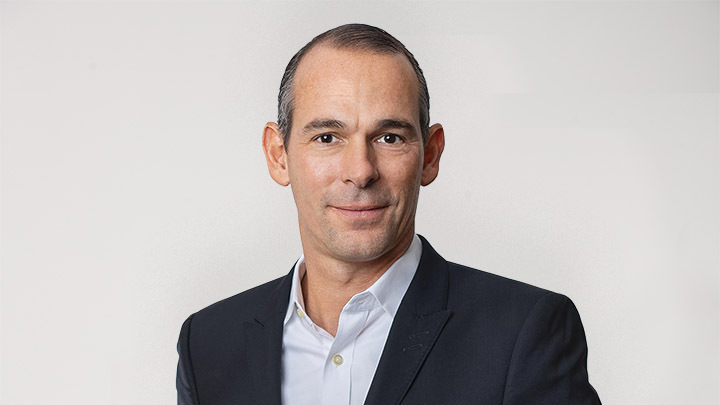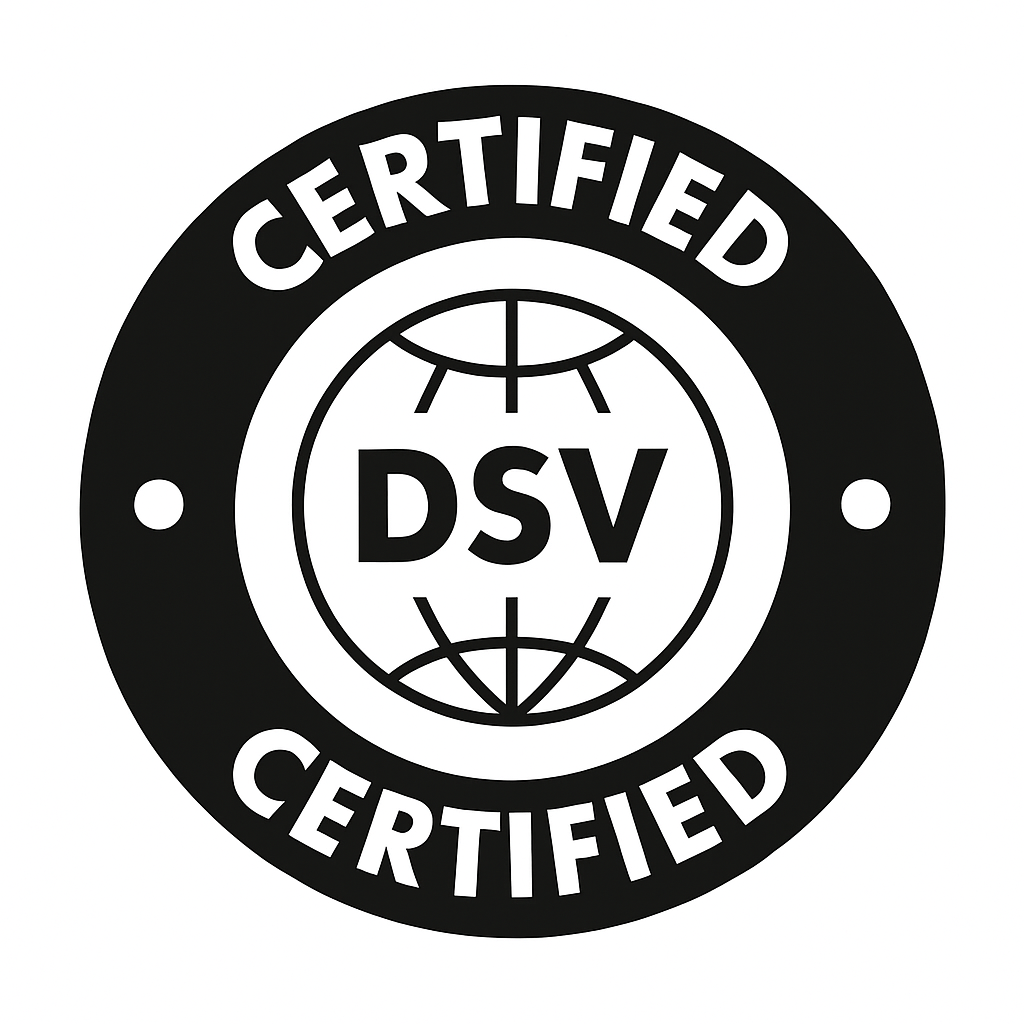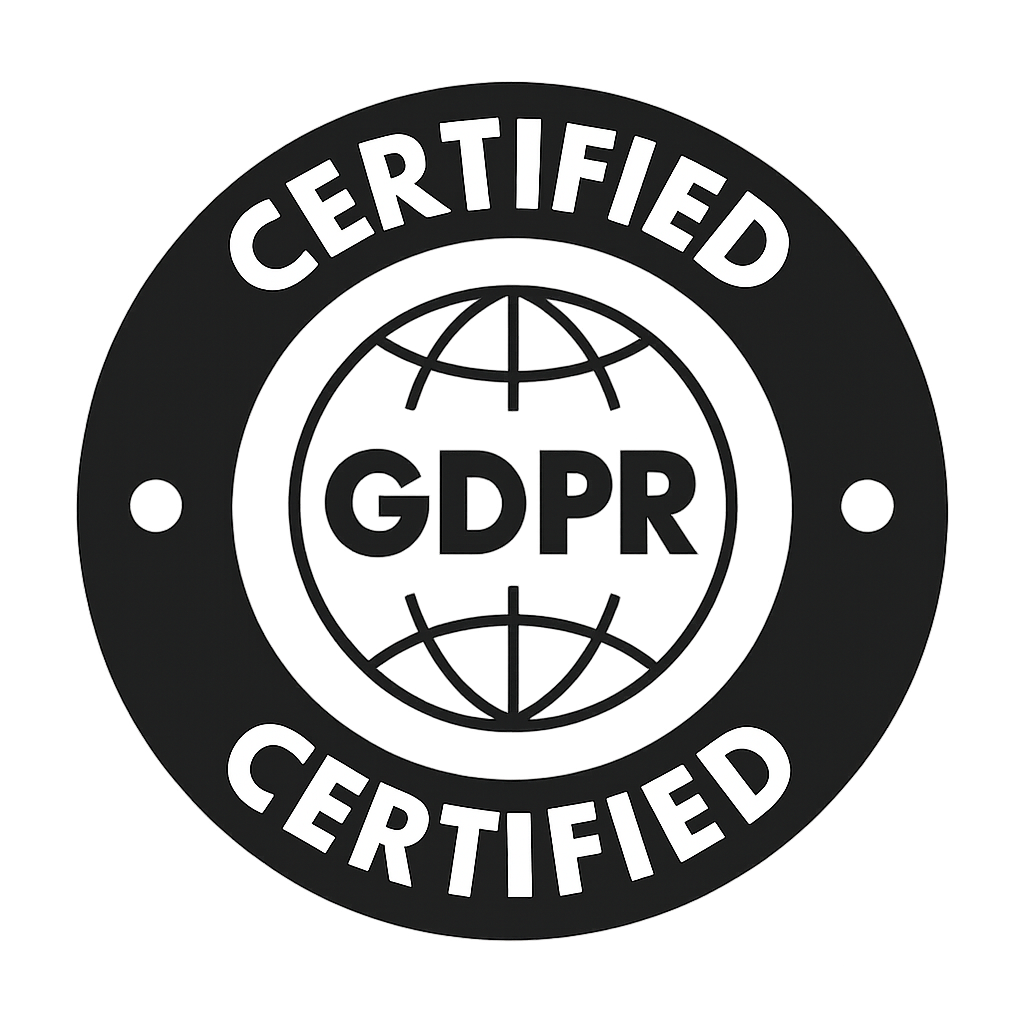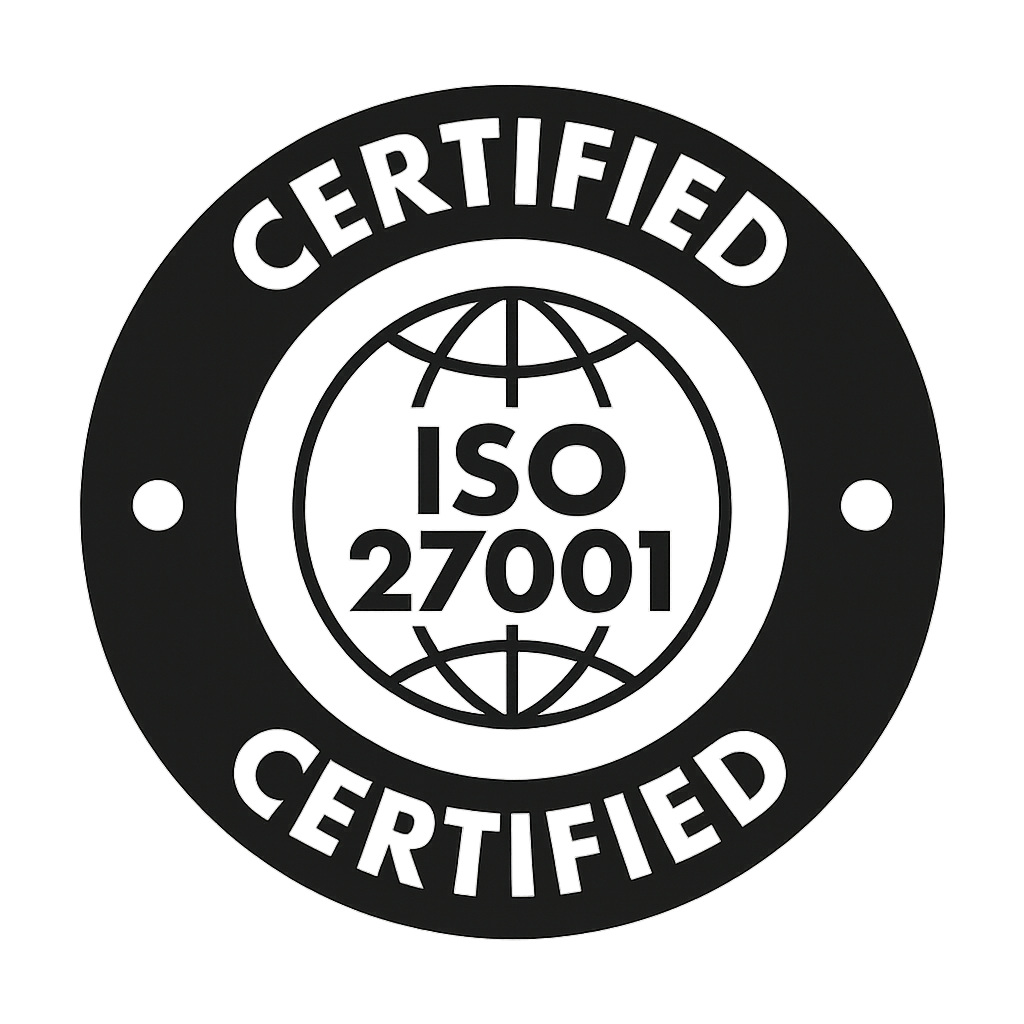The challenge with platform governance
We see this issue all the time in our consulting work. An enterprise solution will be procured, usually with an initial team and use case in mind. As the use cases evolve, more teams are onboarded into the platform.
While the company is potentially getting more from the tool, governance starts to become an issue. That’s doubly true if teams are siloed from one another and each using the platform in different ways.
How can the affected teams be aware of the changes happening across the organization? How can schedules, upgrades, and feature enhancements be coordinated across those teams — and ideally without too much overhead? Who needs to approve the changes if multiple teams are impacted?
To answer all of these questions and help companies reap the best ROI on their tech platforms, we recommend establishing a governance committee. This group of people oversees the platform and its usage at the company.
The benefits of established tech platform governance
Getting a governance committee up and running usually requires a fair bit of work. But once it’s functioning, the company gains a way to ensure that its investment into tech platforms is money well spent. They lower the risk of tools falling dormant as teams turn to other solutions to meet their needs, potentially at added cost to the organization.
Plus, the governance committee drives continuous improvement. By regularly evaluating the platform and its efficacy, they can determine when and where adjustments need to be made to support better outcomes with it.
Teams see gains here, too, because they get a place to funnel their requests. Those requests can then be triaged by the committee and put on a timeline for resolution. Clear communication between impacted teams and the governance committee helps with plan alignment along the way.
Ideally, the vendor should collaborate with that committee to help the company and its teams see long-term success with the solution.
Building a strong committee
If all of that sounds beneficial, it’s time to start putting the committee in place.
First off, you should establish a committee chair. Ideally, this will be someone who intimately understands the platform and its end-to-end use case for your organization. If an individual at the company is assigned ownership of that platform, they should generally be the committee chair.
Beyond that, you should have seats at the table for a few key roles. Generally, you want your governance committee to include:
- A representative from each team using the platform, ideally one who deeply understands the functionality that specific team needs (e.g., a project or program manager from that team)
- An IT specialist
- Someone with a focus on security and risk management, particularly as it relates to protecting data
Once the board is established, it needs to set out its guiding vision for the platform. Usually, that means writing out a few governing principles.
Additionally, it should establish processes. If a team wants to add a customization to the solution, for example, how will that get reviewed and approved? Usually, committees use an established process like a technical design review.
Finally, the governance committee needs to establish voting procedures. Many committees use majority-rules voting, but yours could require a consensus.
Maintaining the governance committee
Once the committee and its governing principles are established, the ongoing work begins. Most committees function their best when they meet at a regularly established cadence (e.g., quarterly meetings).
It helps to task at least one individual with setting an agenda for each committee meeting. The chair is often tapped for this duty.
Generally, at meetings, you want that team to be making decisions about:
- When to add and pay for more functions or seats
- When to negotiate with the vendor about pricing or features
- When to integrate the platform with others in your stack, and how to manage that integration
- Whether or not the platform is meeting performance standards
- Which enhancements and customizations will get approved
- How any approved changes will get rolled out to teams (e.g., how any accompanying training will be developed and taught)
- When any of the above information should be shared with the broader teams, and how it will be shared
The committee should also be performing regular reviews of data governance within the platform. An audit of the data collected in the solution gives them clarity into how teams are actually using and recording data within it. Specifically, the committee should look for data inconsistency and duplication.
The governance committee also benefits from soliciting feedback from the teams that use the tool. A biannual survey asking about people’s satisfaction level can call issues to attention so the governance committee can address them. The survey can also include an open comment section so people can offer ideas for improving the platform and how it’s used within the organization.
Generally, the committee’s bandwidth to take on things like data audits and feedback solicitation will depend on other needs surrounding the platform. They might have limited ability when integrating it with another platform, for example. They’ll have more time to tackle these added beneficial pieces when everything seems to be running smoothly.









